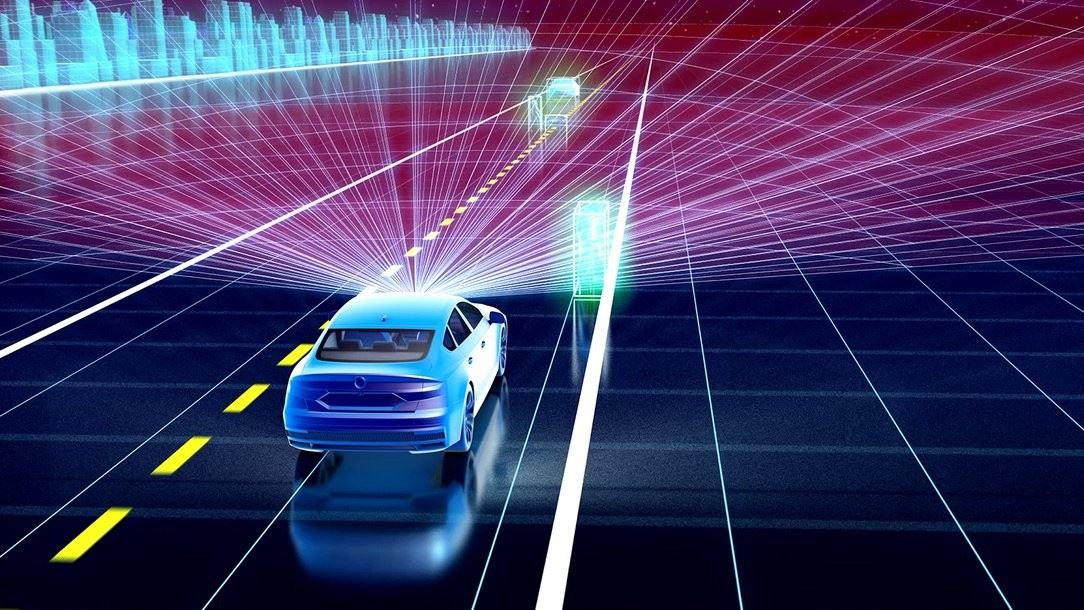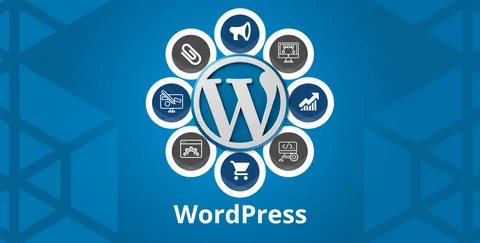LiDAR (Light Detection and Ranging) technology is a form of imaging that uses lasers to “see” objects in 3D. The technology has been used for many years by the military and other organizations to create accurate maps and surveys best online casinos. LiDAR systems are now becoming more commonly used by businesses and individuals to capture data about objects and surfaces.
What is LiDAR Technology?
LIDAR, or light detection and ranging, is an emerging technology that uses lasers to create three-dimensional images of objects. By scanning an object with a laser, LIDAR can create a detailed map of its features, allowing for faster and more accurate object identification.
LIDAR has numerous potential applications in the automotive industry, including improving safety by detecting obstacles ahead of the car and helping to lane steer. It can also be used in mapping and navigation applications, as well as for surveying and land management.
How is LiDAR Used?
LiDAR is a type of imaging that uses light waves to create 3D images. The technology is used in various applications, including mapping, surveying and land management. LiDAR systems use a laser to generate precise, high-resolution images of objects.
How Much Does It Cost?
A lot of people are familiar with the idea of LiDAR technology, but may not be entirely sure what it is or how it works. LiDAR (Light Detection and Ranging) is a form of sensing technology that uses pulses of light to create a digital map of an object or scene. Because LiDAR works by projecting light rather than collecting radiation like cameras do, it can penetrate more deeply into an object and capture more detailed information than traditional imaging techniques. This ability to see through obscuring objects makes LiDAR a valuable tool for surveying large areas, mapping buildings, and understanding the 3-dimensional structure of objects.
The cost of LiDAR technology has been steadily decreasing in recent years, which has led to its increasing adoption in many industries. While the initial investment for a LiDAR system may be high, the amount of data that can be captured over time makes it well worth the expense. Additionally, since LiDAR systems are not affected by weather conditions as much as other forms of imaging, they are often used for mapping in environments that are difficult or impossible to access otherwise.
What Are the Advantages of LiDAR Technology?
LiDAR technology is a powerful sensing tool that can be used for mapping, surveying, and navigation. LiDAR works by emitting laser light and measuring the time it takes for the light to return. This information is then used to create a 3-dimensional map of the surrounding area.
LiDAR has many advantages over other mapping techniques. First, it is highly accurate and can map large areas quickly. Second, LiDAR data can be processed in real time, which allows for more accurate navigation and collision detection. Third, LiDAR data can be used to create 3-D models of objects, which can be used for navigation or for designing products. Finally, LiDAR can be used to detect objects that are hidden from view or under water.
What Are the Disadvantages of LiDAR Technology?
LiDAR technology is a form of sensing that uses lasers to create three-dimensional images of objects and surfaces. LiDAR has many advantages over traditional methods of sensing, including the ability to see in difficult or dangerous environments and the ability to generate high-quality images at fast speeds crazy vegas casino enligne.
However, there are also some disadvantages to LiDAR technology. First, LiDAR systems can be expensive to purchase and maintain. Second, LiDAR can be inaccurate if the sensor is not properly calibrated. Finally, LiDAR systems can be easily disrupted by dust or debris.
Conclusion
LiDAR (Light Detection and Ranging) technology is a cutting-edge form of mapping that uses lasers to create detailed three-dimensional images. LiDAR can be used in a variety of applications, including forestry, urban planning, archaeological research, surveying, and land management. By using LiDAR data to generate maps that are accurate to within centimeters, businesses can save time and money while gaining unrivaled insight into their surroundings. If you’re interested in learning more about LiDAR technology or using it for your business endeavors, be sure to check out our selection of LI D AR software.
How To Use LiDAR Data In Google SketchUp
LiDAR stands for Light Detection and Ranging, a technology that uses lasers to map the three-dimensional shapes of objects and surfaces. LiDAR is quickly becoming a popular tool for creating 3D models, as it provides incredibly detailed data that can be used in a number of applications, including architecture, engineering, and product design. In this blog post, we will show you how to use LiDAR data in Google SketchUp.
If you’re familiar with Google SketchUp, then you’re probably already familiar with the tools available to import 3D models. However, if you’re not familiar with SketchUp, or want to take your modeling to the next level, then LiDAR data is a great way to start.
To use LiDAR data in Google SketchUp, first make sure that you have the software installed and open. Next, click on File > New > 3D Model. This will open the New 3D Model dialog box. In the Type field, enter ‘Lidar.’ Click on the browse button and select your LiDAR file from your computer. Once you’ve selected your file, click on the Import button.
SketchUp will start processing your Li
LiDAR Technology In The World Of Construction
LiDAR technology has been used in the construction industry for years now. It is a form of scanning that uses lasers to create a 3D map of an area. This allows for more accurate planning and execution of construction projects.
There are two main types of LiDAR technology: point cloud and volume data. Point cloud technology creates a point-by-point scan of an area, while volume data technology captures the entire volume of an object or scene.
The main benefits of using LiDAR technology in construction are accuracy and speed. With point cloud technology, planners can get detailed scans of large areas quickly and easily. This is especially helpful for projects that have complicated terrain or require multiple scans to be completed accurately.
Volume data also offers some benefits over point cloud technology. For example, it can capture hidden features and structures that are difficult to see with point cloud scanning. Additionally, volume data can be processed more quickly than point cloud data, making it better suited for real-time use in construction projects.
Overall, LiDAR technology is a valuable tool for construction planners. It offers accuracy and speed that can help ensure successful completion of projects.
What Is LiDAR Technology And How Does It Work?
LiDAR technology is a type of sensing technology that uses lasers to measure distances. It’s different from other forms of sensing, like radar or camera, because it doesn’t use radiation waves. LiDAR measures distance by detecting the time it takes for a laser beam to return to its origin after being reflected off an object.
How Does LiDAR Invented
LiDAR technology is a form of Imaging Sensors which uses a laser to measure distance. LiDAR has many potential applications such as mapping, surveying, and measuring 3D objects.











